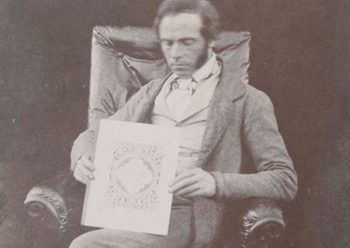
Talbot’s ‘picture book’ is a manifesto for photography, a polemic, an advertisement, a bid for posterity, a chronicle of the past and a vision of the future.
Colin was Curator of Photographic Technology at the National Science and Media Museum until 2016.

Talbot’s ‘picture book’ is a manifesto for photography, a polemic, an advertisement, a bid for posterity, a chronicle of the past and a vision of the future.
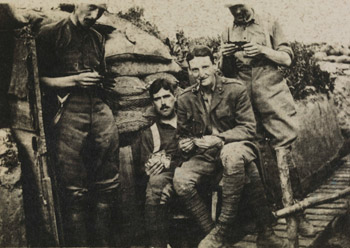
Ahead of his appearance on BBC Four tonight demonstrating ‘The Soldier’s Kodak’, Colin Harding reveals more about this 100-year-old compact camera.
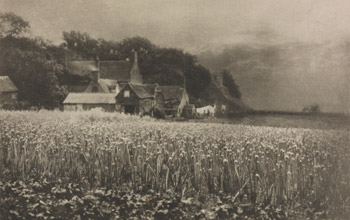
George Davison’s medal-winning pin-hole photograph garnered much controversy as the battle between ‘straight’ and pictorial photography raged on.

In 1826, Niépce used his heliography process to capture the first photograph, but his pioneering work was soon to be overshadowed by the invention of the daguerreotype.
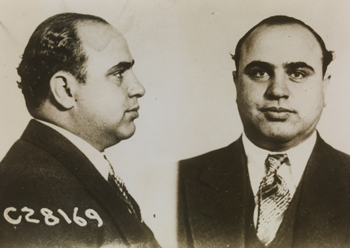
The use of photography to keep a record of criminals began in the 1840s when police forces commissioned portraits of offenders for so-called Rogues’ Galleries.
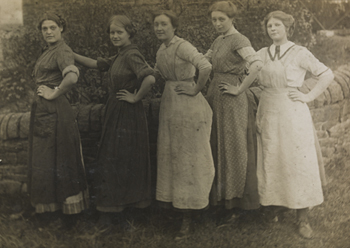
In the final post in our series showing you how to dating your old family photographs using physical clues, Colin Harding offers some tips on how to identify postcards.
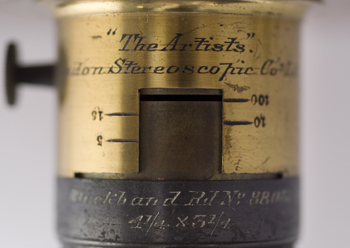
From Victorian craze to its resuscitation by Elena Vidal and Brian May, Colin Harding traces a brief history of the stereoscope.
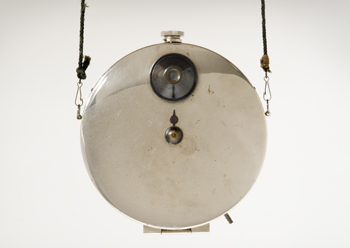
Victorian song sheets provide a fascinating glimpse into contemporary attitudes to photography, such as this response to the new instantaneous hidden cameras.
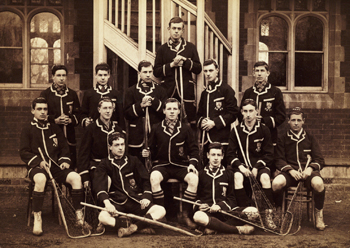
In the penultimate post in our series showing you how to date your old family photographs using physical clues, Colin Harding offers some tips on how to identify cabinet cards.
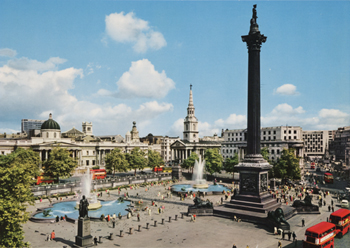
John Hinde was a pioneer of colour photography in Britain. Some of his work has just gone on display at the Photographers’ Gallery’s exhibition Mass Observation: This is Your Photo.
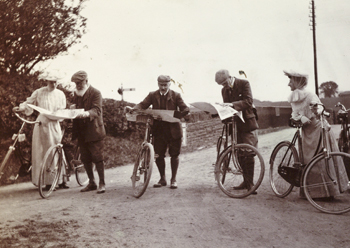
As we congratulate Chris Froome for his Tour de France win, Colin Harding investigates the surprising link between cycling and photography.
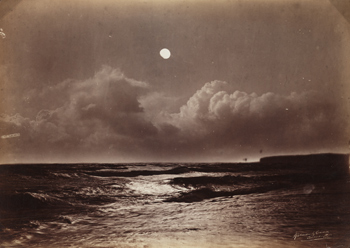
Colin recently visited Vienna to bring back photographs by Roger Fenton that we’d loaned to the Leopold Museum for their ‘Clouds: Fleeting Worlds’ exhibition.